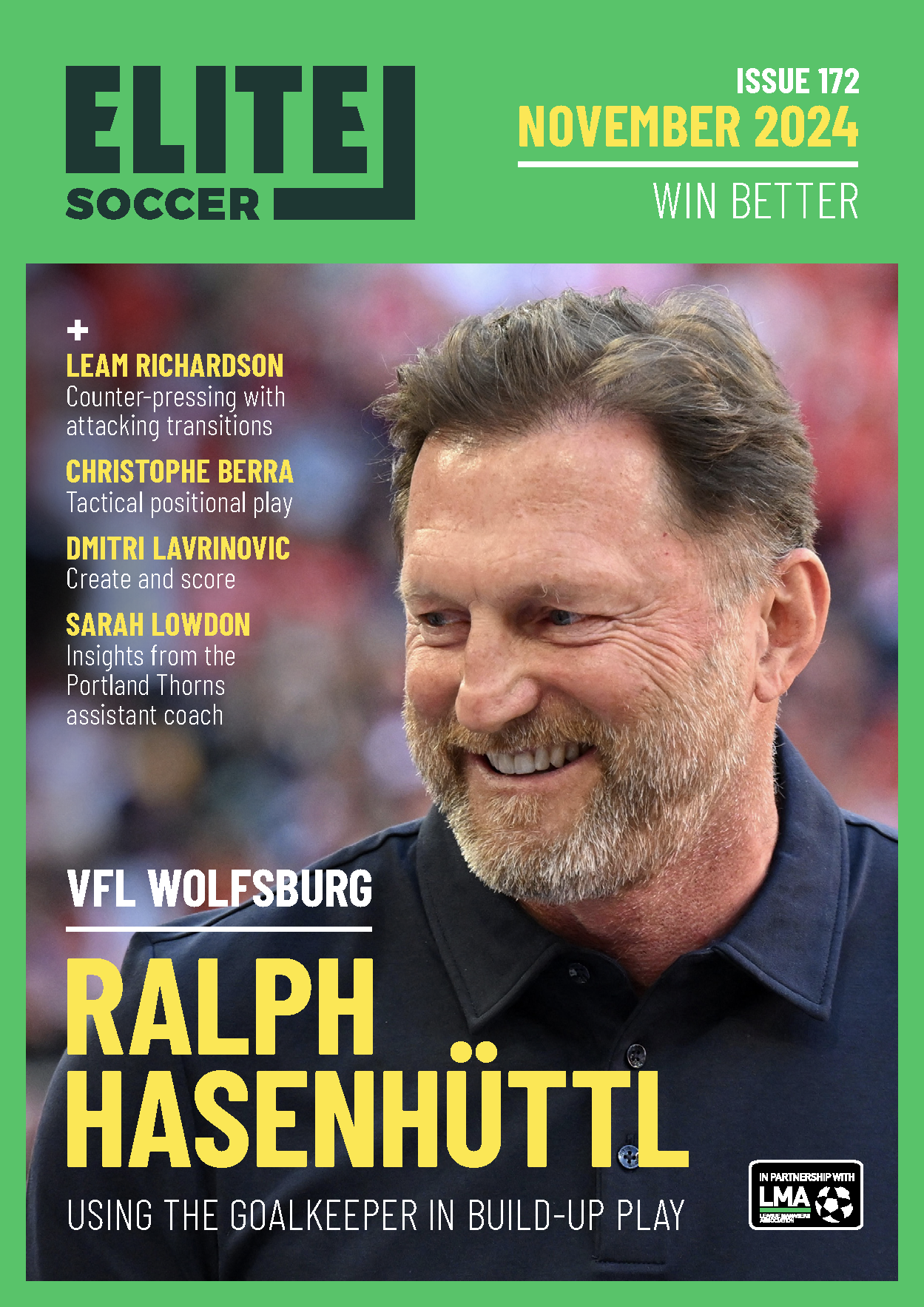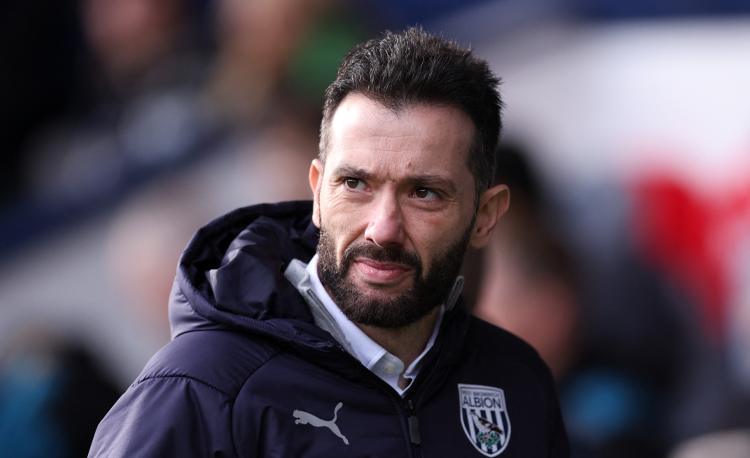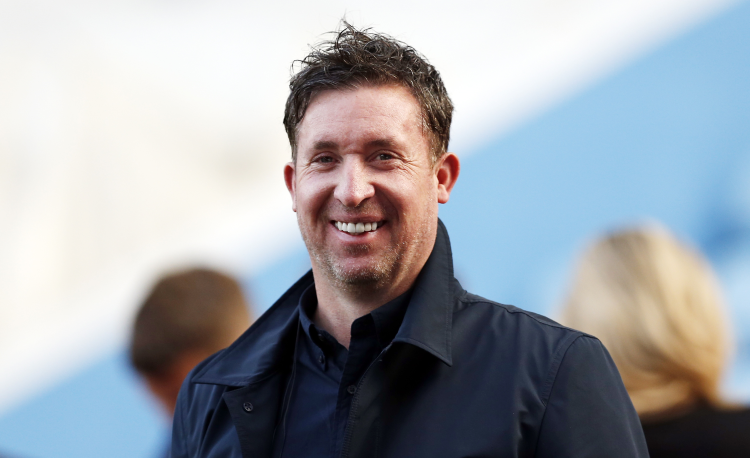You are viewing 1 of your 1 free articles
Playing out from the back
Use this session to help build understanding and awareness between your goalkeeper and back four so that, when it matters, the correct option is always selected.
| Area | Up to a full pitch |
| Equipment | Balls, cones, goals, mannequins, poles (optional) |
| No. of Players | Up to 11v11 |
| Session Time | Main practice 10mins, Progression 10mins, 11v11 15mins |
This session highlights the key fundamentals of playing successfully out through the defence to midfield. It helps build understanding and awareness between goalkeeper and back four so that, when it matters, the correct option is always selected.
The relationship between the keeper and the back four is key and has to be practised on a regular basis to instil trust and confidence when playing out under pressure. Enjoyment comes from picking the correct option to play through, and that in turn enables the team to progress up the field without risk, all the time taking out opposing players with accurate passing.
The day before a match we will touch on the key fundamentals as we practise football patterns through mannequins.
What do I get the players to do?
Main practice
We set up as shown (1) using a half-pitch with a poled (or coned) area in the centre measuring 10x10 yards. There are two back fours - one working, one resting off the pitch - and three midfield players, one working, the others resting. The aim is to work the ball out of defence and into the three midfielders, who will each rotate around the key central area.
Each midfielder works for 30 seconds then changes with another. The back four remains in place until all midfield players have had a turn (usually this will be around 30secs each), then they change.
1
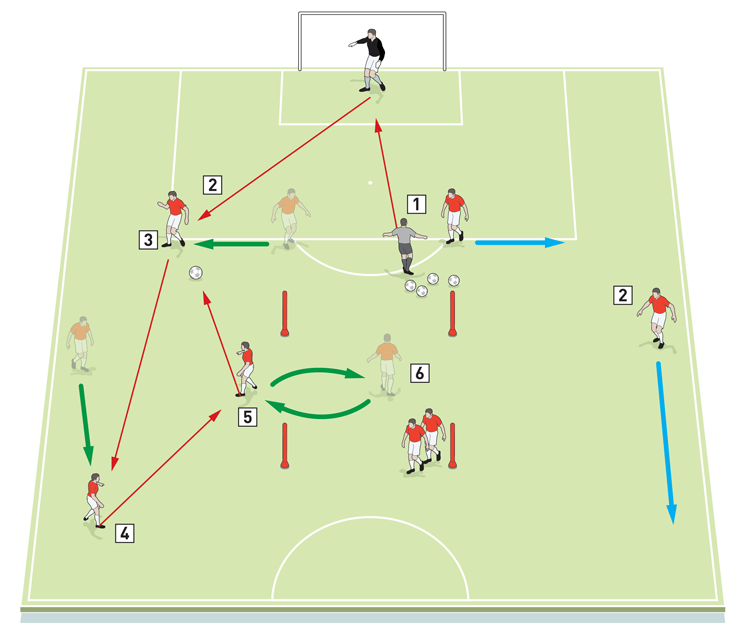
2. The centre-backs split and full-backs move high
3. The keeper plays to the centre-back and the ball is circulated
4. Any receiving player must look to play into a midfielder at all times
5. When a midfielder receives the ball outside of the area, he must pass the ball then return to the centre of the poles and look to receive centrally
6. The midfield player works to offer support to all centre-backs and full-backs
What are the key things to look out for?
The ‘take out’ for defenders is to know who to play into and when. Similarly, the ‘take out’ for midfielders is positional play and knowing when to make themselves available for a pass.
The skills we’re looking to see in motion here are good angles to receive, accurate and quick tempo and passing, as well as the use of dynamic movement to get into a position to receive early (and thus have more time on the ball).
Players must be positionally correct in relation to both the ball and team mates, and when under intense pressure the safest and best option is a ball back to the keeper, who will then clear his lines. Similarly, passes should never be made to a midfielder who is out of position or off balance (2).
2
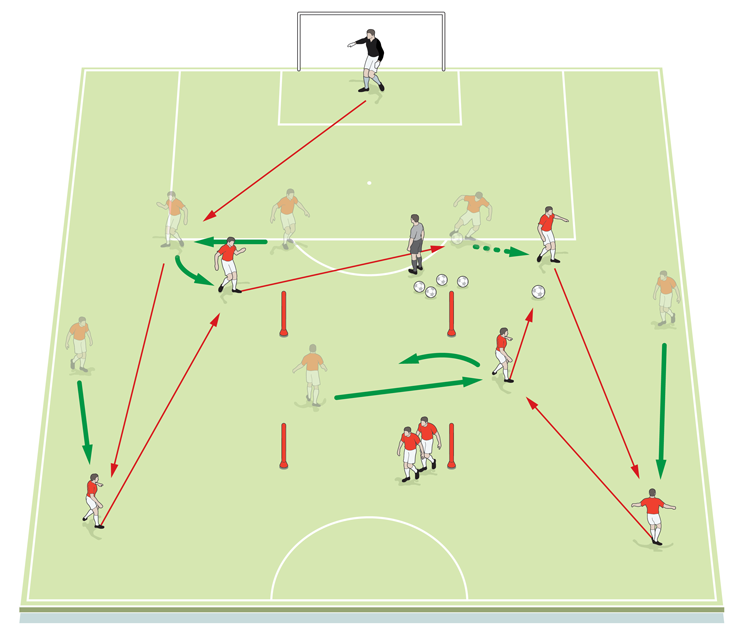
Centre-backs must be confident to bounce balls into midfield and receive back to circulate play across the back four.
Mistakes are usually made when players move too slowly into position. This allows opposition players time to close down and influence available options, which they must not be allowed to do.
How do I progress the session?
The session is progressed by opening the area up to a full pitch as shown (3), with mannequins placed in opposition formation. We can also add in passive pressure from staff members.
3
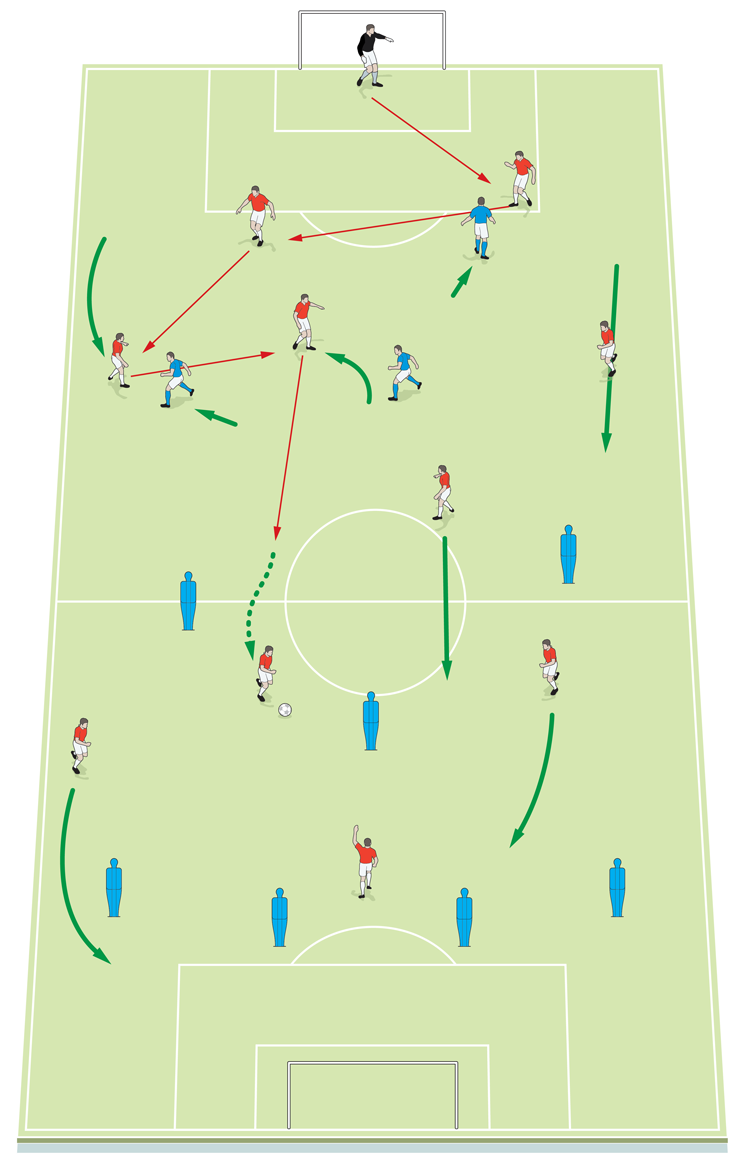
Moving on again we can also put this into an 11v11 game situation. This enables us, as coaches, to see if the practice has been embedded into their thinking and gameplay. Initially we want to see if players embrace this without being prompted.
Related Files
Editor's Picks
Using the goalkeeper in build-up play
Pressing principles
Intensive boxes drill with goals
Penetrating the final third
Creating and finishing
My philosophy
Pressing initiation
Compact team movement
Defensive organisation
Coaches' Testimonials

Alan Pardew

Arsène Wenger

Brendan Rodgers

Carlos Carvalhal

José Mourinho

Jürgen Klopp

Pep Guardiola

Roy Hodgson

Sir Alex Ferguson

Steven Gerrard
Related
Pressing and transition
Rousing, responsive and resilient
Third-player runs
Coaches' Testimonials

Gerald Kearney, Downtown Las Vegas Soccer Club

Paul Butler, Florida, USA

Rick Shields, Springboro, USA

Tony Green, Pierrefonds Titans, Quebec, Canada
Join the world's leading coaches and managers and discover for yourself one of the best kept secrets in coaching. No other training tool on the planet is written or read by the calibre of names you’ll find in Elite Soccer.
In a recent survey 92% of subscribers said Elite Soccer makes them more confident, 89% said it makes them a more effective coach and 91% said it makes them more inspired.
Get Monthly Inspiration
All the latest techniques and approaches
Since 2010 Elite Soccer has given subscribers exclusive insight into the training ground practices of the world’s best coaches. Published in partnership with the League Managers Association we have unparalleled access to the leading lights in the English leagues, as well as a host of international managers.
Elite Soccer exclusively features sessions written by the coaches themselves. There are no observed sessions and no sessions “in the style of”, just first-hand advice delivered direct to you from the coach.



